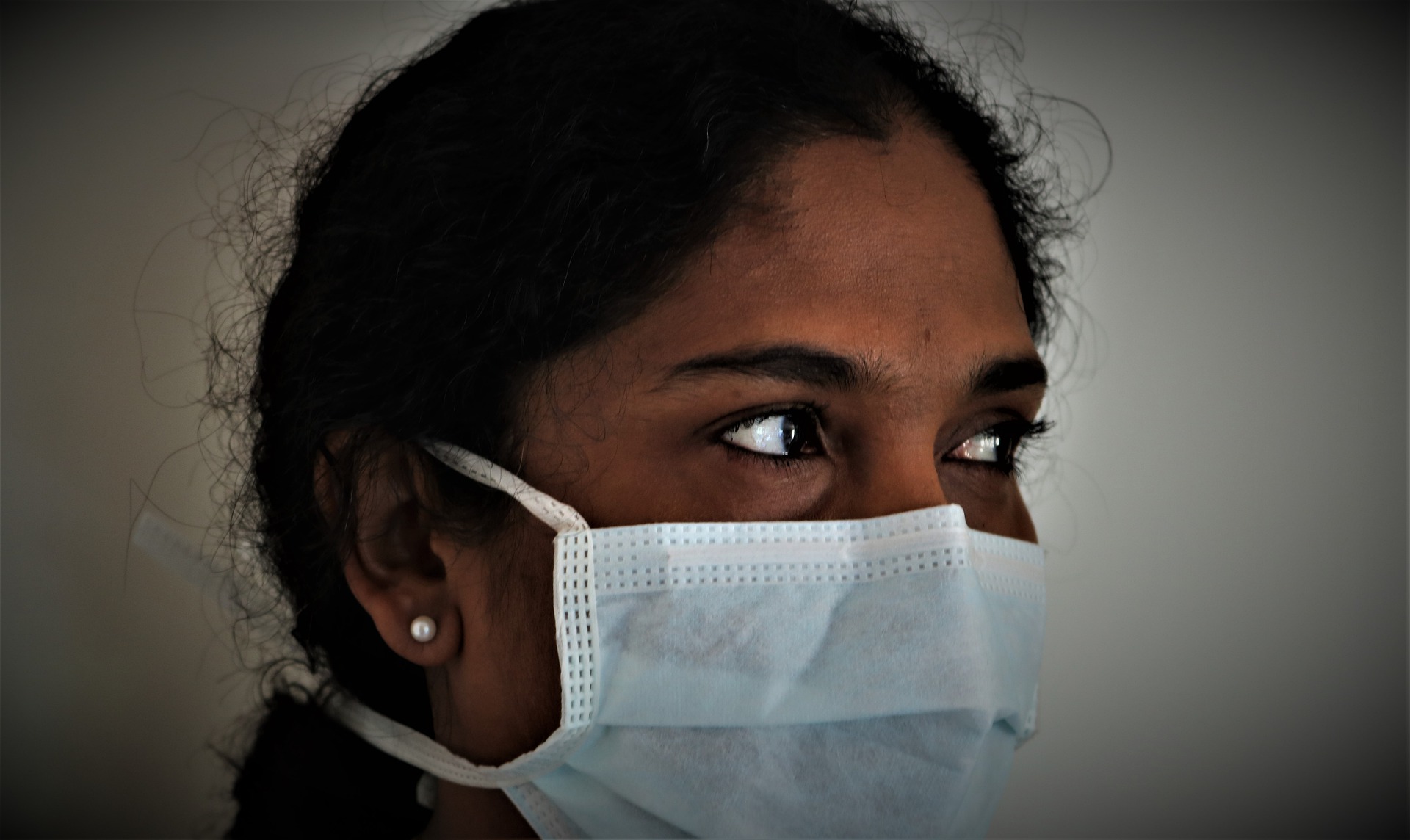It has already been reported that during the COVID-19 pandemic, doctors across the world have reported seeing fewer patients. Patients are fearful of visiting doctors for routine checkup. They are afraid that they might contract the virus at healthcare setup.
Not undergoing routine checkups affect different groups differently.
Not undergoing regular health care visits may have more long-term implications for women than woman, experts have warned.
The World Health Organization (WHO) chief Tedros Adhanom Ghebreyesus warned recently that indirect effects of COVID-19 on women and children may be greater than the number of deaths due to the virus itself.
The pandemic has overwhelmed health systems in many parts of the world, which means women may be at greater risk of dying from complications related to pregnancy and childbirth.
According to the United Nations, early evidence also suggests that people in their teens and 20s are at increased risk of depression and anxiety, online harassment, physical and sexual violence and unintended pregnancies.
Breastfeeding still best
In response, WHO has published guidelines for health facilities on maintaining essential services during the pandemic, including for newborn care.
Experts have also investigated the risk of COVID-19 being transmitted to babies during breastfeeding.
“Based on the available evidence, WHO’s advice is that the benefits of breastfeeding outweigh any potential risks of transmission of COVID-19”, said Tedros.
“Mothers with suspected or confirmed COVID-19 should be encouraged to initiate and continue breastfeeding and not be separated from their infants, unless the mother is too unwell.”
So far, experts have not been able to detect live virus in breastmilk, though fragments have been identified in several cases, according to Dr. Anshu Banerjee, Director of WHO’s Department of Maternal, Newborn, Child and Adolescent Health and Ageing.
“So, the risk of transmission from mother, to child therefore, so far, has not been established”, he said.
COVID-19 and Children: Many Unknowns
Health experts are working to get a clearer picture of how COVID-19 affects children and adolescents.
Much remains to be known about the disease’s impacts on this population, according to Dr. Maria van Kerkhove, an epidemiologist and WHO’s technical lead on the pandemic.
“We have a number of unknowns that we’re really trying to better understand”, she said, responding to a journalist’s question.
“How often are they infected? Do they play a role in transmission and if so, how much are they playing in that role? What roles do schools potentially have?”
Dr. Michael Ryan, WHO head of emergencies, added that several studies are underway, including into why some children end up with severe outcomes and needing to be hospitalized from the disease.
Sexual And Reproductive Health During Covid-19
- If we go by the newspaper reports, domestic violence increased significantly during the lockdown. This trend of increasing violence against women mirrors the global trend.
- UN Women has called it a “Shadow Pandemic”.
- Women are at an increased risk of unwanted pregnancies.
- They have fewer means to assert their bodily autonomy.
- Access to contraception for all groups in all areas has never been the same in India, but the pandemic has aggravated this problem in rural areas.
- Public health workers responsible for distributing contraceptives are engaged with COVID-19 issues.
- Disruptions in pharmaceutical supply chains are likely to impact the availability of contraceptive methods and medical abortion drugs.
Recognising this, a PIL was filed in the Delhi High Court for directions to the Centre to ensure access to medical services for pregnant women.
During a public health crisis, especially of this magnitude, health rights of marginalized and vulnerable groups, are ignored.
Obstetric care must go on — it’s not an elective part of our health care.
Telemedicine can be used as a solution for the lower-risk patients. Currently, the Telemedicine Practice Guidelines issued by the Indian Council of Medical Research don’t mention reproductive health services.
Use of telemedicine can be explored to improve access to medical abortion services.
Many countries have been trying to convert non-urgent medical visits to virtual care. Indi can emulate this practice as well.
Sexual and reproductive health services must be an integral part of any epidemics and disaster management response of the Government.











